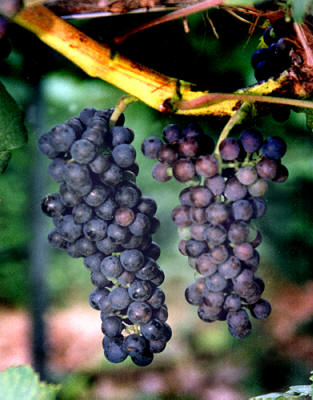 Now that it is fall again and I see kids heading off to school clearly trying to fit in while being their own person, I'm reminded there are some fun varietals out there that don't always get the attention they deserve. And there are some perfect ones for this time of year! Let's take a closer look...
Petit Verdot is a grape varietal known for contributing great depth, color and florals to wines, but also has a reputation as a Johnny Come Lately. This black-skinned grape has a tough time ripening without consistently warm enough temperatures. In Bordeaux where it is best known perhaps, relative cool temperatures more often prevail. There Petit Verdot doesn't fully mature until the end of October, too late to really start the fall school year with the other kids.
Now that it is fall again and I see kids heading off to school clearly trying to fit in while being their own person, I'm reminded there are some fun varietals out there that don't always get the attention they deserve. And there are some perfect ones for this time of year! Let's take a closer look...
Petit Verdot is a grape varietal known for contributing great depth, color and florals to wines, but also has a reputation as a Johnny Come Lately. This black-skinned grape has a tough time ripening without consistently warm enough temperatures. In Bordeaux where it is best known perhaps, relative cool temperatures more often prevail. There Petit Verdot doesn't fully mature until the end of October, too late to really start the fall school year with the other kids.
What other kids? Well, Petit Verdot is one of the top 5 (Noble) red grapes used in Bordeux reds, alongside the bigger players Cabernet Sauvignon, Merlot and the often smaller ones, Cabernet Franc and Malbec. No surprise, each of these grapes has an important role. Petit Verdot's most recognized (and perhaps critical) contribution is to the wine's structure or backbone, but I've noticed in print it doesn't get as much attention for some of its other attributes.
This will likely change soon enough. Case in point: my full appreciation for what Petit Verdot can contribute to its counterparts only came when I spent some time with it on its own. And fortunately folks in California and Australia, where the warmer climates are much more conducive to this grape's maturation, are happy to give this varietal a chance to sing its own tune.
The Deen De Bortoli Vat 4 Petit Verdot is a great example of a wine destined for the head of the class as a fall favorite. This is a great BBQ wine. It is super dark in color, almost like the ink spilling from your pen. If you missed your opportunity to pick up some fresh mint at the farmer's market, you have a second chance by taking in the nose of this wine. It is not at all shy about delivering dark berry fruit and some dark chocolate flavors on the palate, either. The firm tannins and acidity (there's that structure it's famous for!) give this wine just the food-friendly oomph you hope for when grilled meat's on the menu.
If you've never had a chance to experience this lesser known, (lesser established perhaps?), grape varietal on it's own, your homework is to do so this fall. For those of you who have had the luck of finding a bottle of the stuff, won't you share with the class?



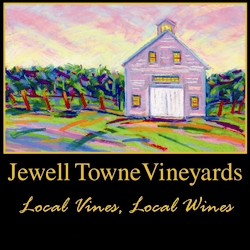 If I was back behind a desk/computer 24-7 this week, I'd likely be following the latest about the market's ups and downs and supplementing with check-ins at ESPN.com to see what's being said about this weekend's football match-ups and how the baseball standings are evolving. To add a little something different to your news feed, I can't help but share two completely unrelated, wine-related news stories that caught my attention.
First, if you're local to the Greater/Boston area you may be happy (and pleasantly surprised) to learn
If I was back behind a desk/computer 24-7 this week, I'd likely be following the latest about the market's ups and downs and supplementing with check-ins at ESPN.com to see what's being said about this weekend's football match-ups and how the baseball standings are evolving. To add a little something different to your news feed, I can't help but share two completely unrelated, wine-related news stories that caught my attention.
First, if you're local to the Greater/Boston area you may be happy (and pleasantly surprised) to learn  Wine Blogging Wednesday
Wine Blogging Wednesday This weekend I fielded an oh-so timely and very relevant question: "if you don't taste wines for a living, how can you find new wine finds and otherwise expand your palate?"
As it turns out, Labor Day is the unofficial start to the Trade's Tasting Season. What do I mean? Well, we in the trade have the opportunity to attend numerous industry-only wine tastings. These tastings are organized to 'show' fine wine vendors and restaurateurs the latest vintage releases from around the world - baring in mind that those offerings from the Southern Hemisphere operate on a Spring release schedule, so it is likely those wines have been available for several months. How does this impact you, the consumer?
This weekend I fielded an oh-so timely and very relevant question: "if you don't taste wines for a living, how can you find new wine finds and otherwise expand your palate?"
As it turns out, Labor Day is the unofficial start to the Trade's Tasting Season. What do I mean? Well, we in the trade have the opportunity to attend numerous industry-only wine tastings. These tastings are organized to 'show' fine wine vendors and restaurateurs the latest vintage releases from around the world - baring in mind that those offerings from the Southern Hemisphere operate on a Spring release schedule, so it is likely those wines have been available for several months. How does this impact you, the consumer?
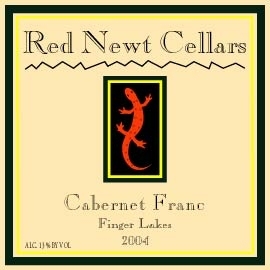 I love
I love 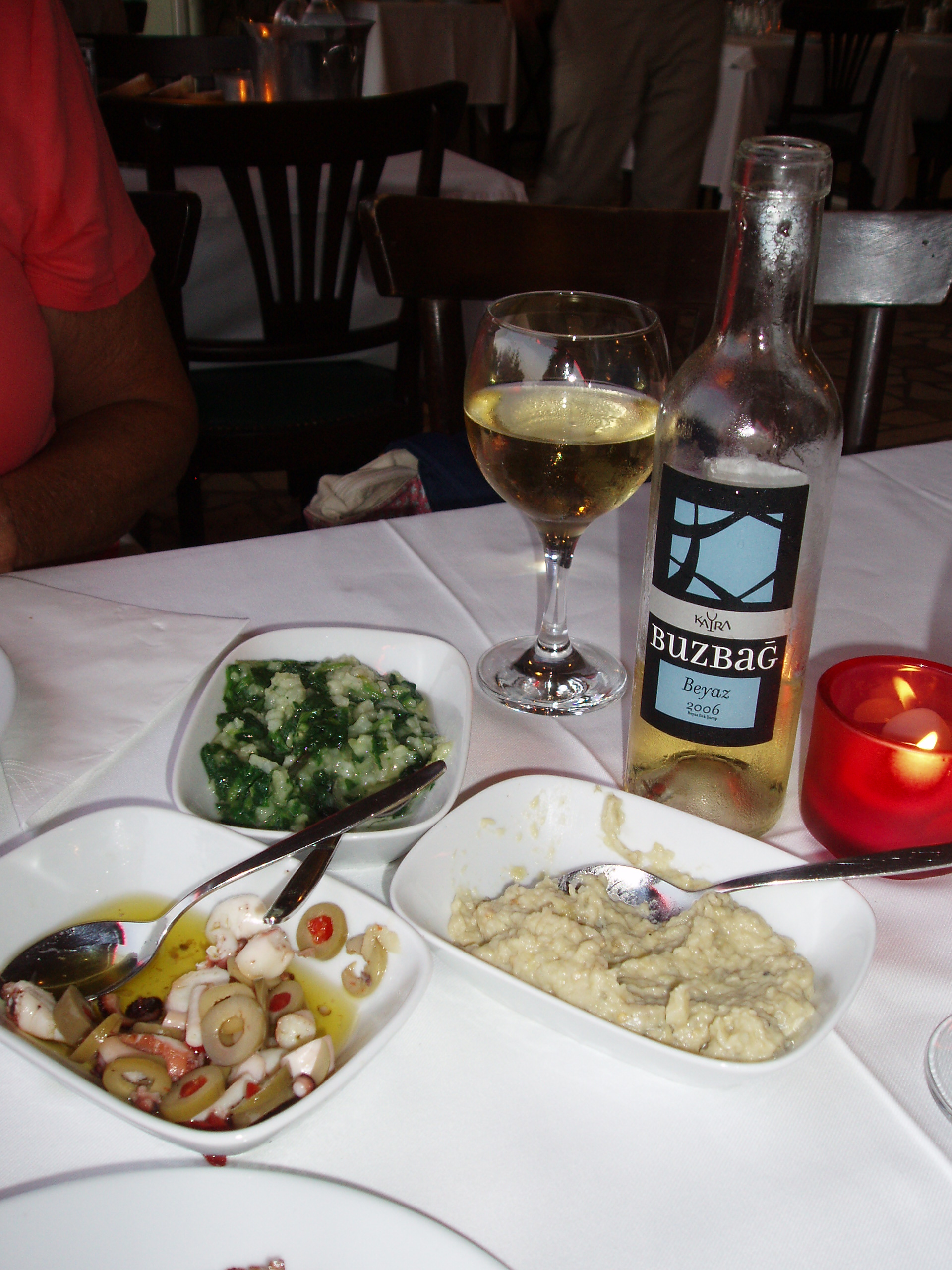 I first had the opportunity to vacation on the lovely (Turkish) Cyprus island two years ago when my friend invited me to stay with her family for a couple of weeks. Whether it was because Turkey is largely a Muslim nation or because my friend's parents don't imbibe very often, drinking wasn't a big part of that trip. I tried Raki once - a strong, clear brandy that tastes of anise - but was not a fan, as my nephew would say. I also remember trying a glass of red wine at a Beer Garden there and found it almost undrinkable. It was so acidic and unbalanced I was happy to stick with the thirst-quenching Effes beer that dominated nightspot venues.
This summer we were visiting for the same friend's wedding celebration and decided to spend a few days in Istanbul on the way. The first night we were there we saddled up to a local
I first had the opportunity to vacation on the lovely (Turkish) Cyprus island two years ago when my friend invited me to stay with her family for a couple of weeks. Whether it was because Turkey is largely a Muslim nation or because my friend's parents don't imbibe very often, drinking wasn't a big part of that trip. I tried Raki once - a strong, clear brandy that tastes of anise - but was not a fan, as my nephew would say. I also remember trying a glass of red wine at a Beer Garden there and found it almost undrinkable. It was so acidic and unbalanced I was happy to stick with the thirst-quenching Effes beer that dominated nightspot venues.
This summer we were visiting for the same friend's wedding celebration and decided to spend a few days in Istanbul on the way. The first night we were there we saddled up to a local 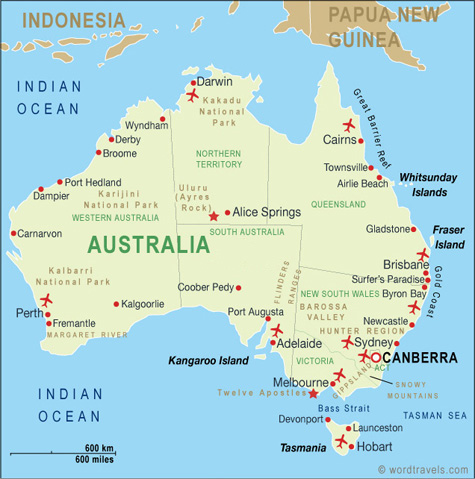 And... she's back! And I haven't let the jetlag from my trip to Istanbul and Cyprus slow me down a bit. Afterall, I have your needs first! I launched right into tasting season here in Beantown on Wednesday afternoon, spitting so you don't have to. Being out in the "field" does challenge a girl to stay on top of other wine related news. But in the fray, I found something this week I thought might be interesting for us to banter about: oenolgoical research.
A few weeks ago I posted about
And... she's back! And I haven't let the jetlag from my trip to Istanbul and Cyprus slow me down a bit. Afterall, I have your needs first! I launched right into tasting season here in Beantown on Wednesday afternoon, spitting so you don't have to. Being out in the "field" does challenge a girl to stay on top of other wine related news. But in the fray, I found something this week I thought might be interesting for us to banter about: oenolgoical research.
A few weeks ago I posted about  You've heard me talk about Syrah here and there over the months. This is because I'm a huge fan of
You've heard me talk about Syrah here and there over the months. This is because I'm a huge fan of